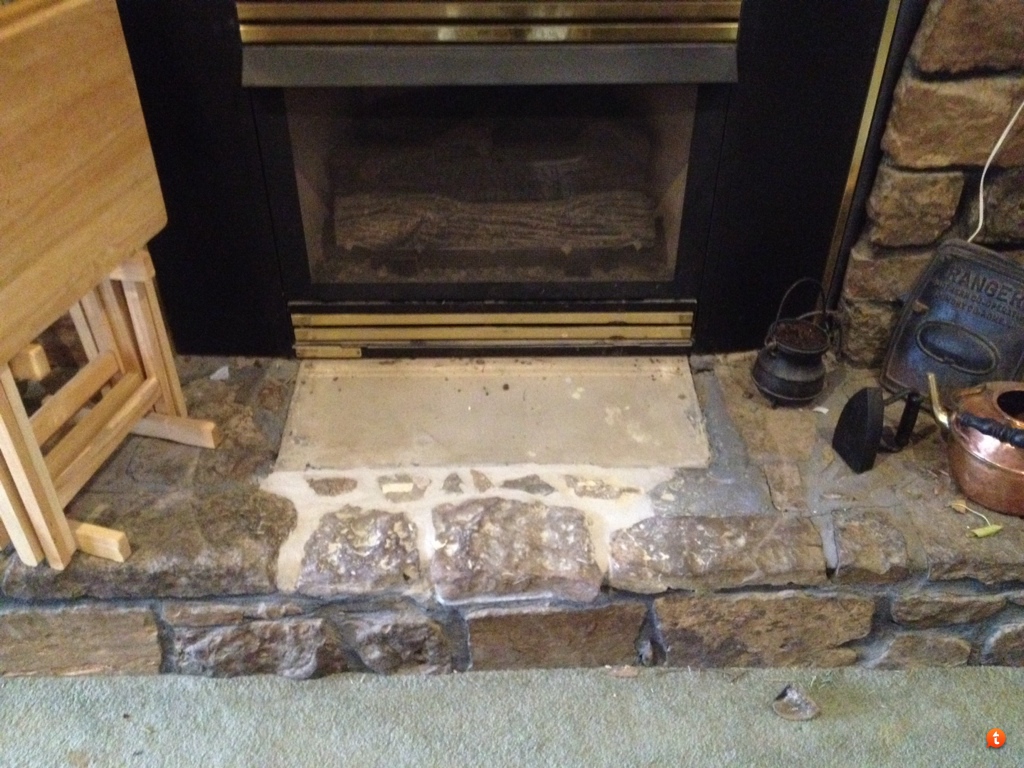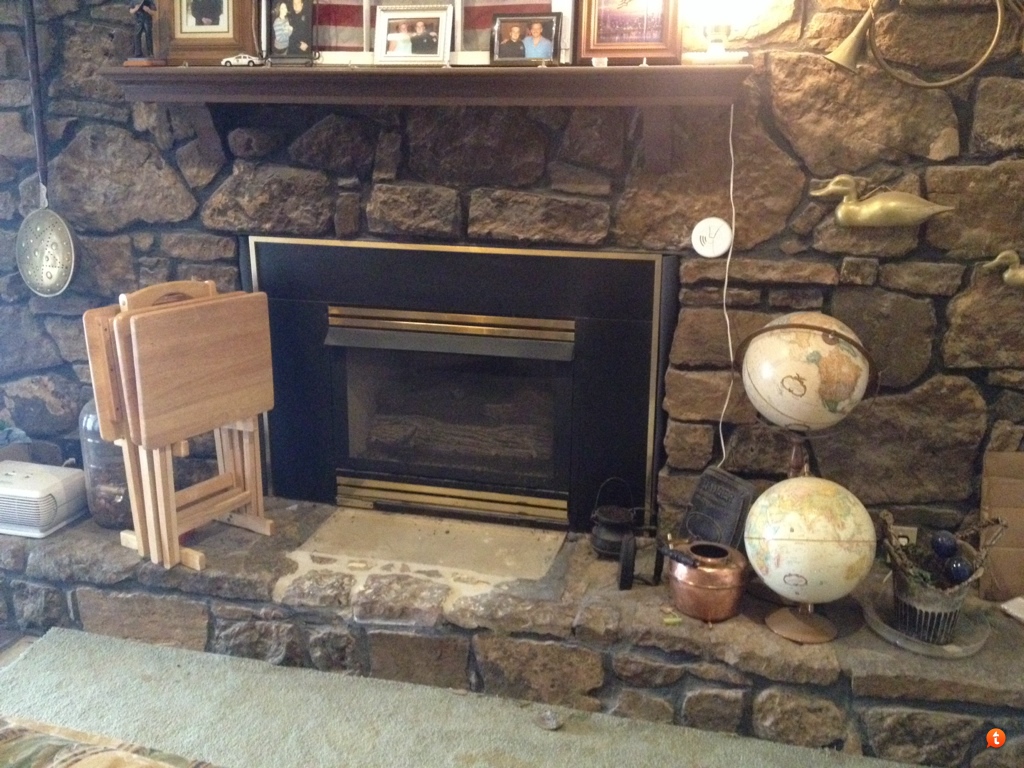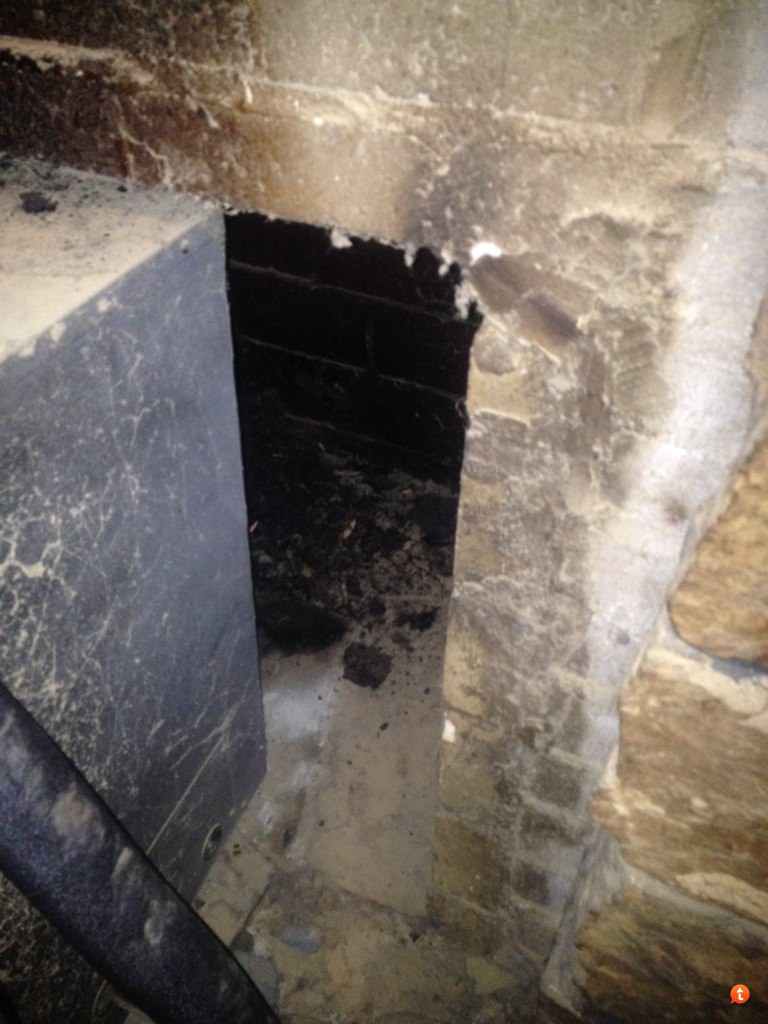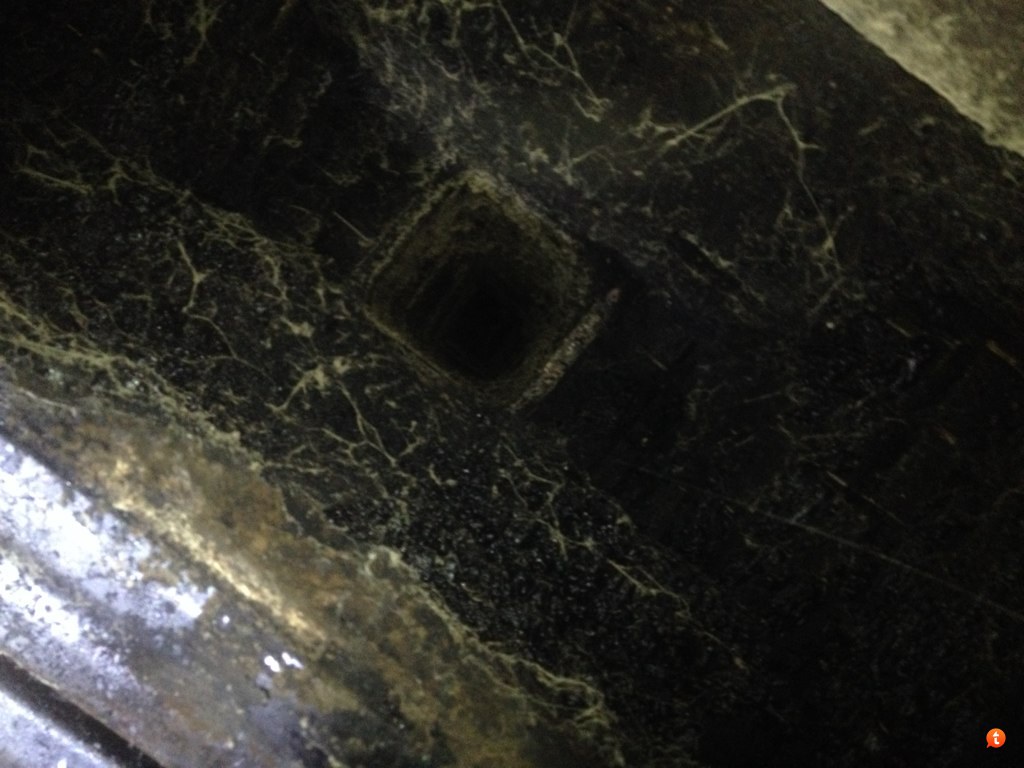Hello, I have lived in my house since the day I was born. Once my grandparents passed I bought it. My grandmother removed the wood burning stove/ insert after my grandfather passed and I am looking to replace it. The home is 2,600 sq foot. The den where the fireplace is located has two vents over it ( vaulted ceiling) and a in line fan from there blowing the heat from a stove through the entire home.
I would like help finding inserts that will fit my opening. It is 42wide, 25tall, 24 deep. I have plenty of room infront of the opening for the stove to hang out in the room from the opening. The one she had when I was little had a flat top and we would warm up stuff on it when the power was out. I would love that option if possible. I want a built in blower and a long burn time, good heat.
I know there are lots of options and new technology ( cats and stuff) that have improved the effectiveness of burning. I know a buck 91 will for but wanted to see other options before committing
I would like help finding inserts that will fit my opening. It is 42wide, 25tall, 24 deep. I have plenty of room infront of the opening for the stove to hang out in the room from the opening. The one she had when I was little had a flat top and we would warm up stuff on it when the power was out. I would love that option if possible. I want a built in blower and a long burn time, good heat.
I know there are lots of options and new technology ( cats and stuff) that have improved the effectiveness of burning. I know a buck 91 will for but wanted to see other options before committing






